Take a look around and you would see almost every second person tapping, scrolling, and clicking on his/her smartphone. As of February 2020, there were over 3.5 billion smartphone users across the globe, constituting over half the population. And this number is not here to stop; you will see it soaring and skyrocketing with every passing day.
As a business owner, you cannot just sit there and watch the digital world upturn. The world is going mobile-first and you need to take quick steps to implement a mobile-first strategy if you want to stay relevant to your existing as well as future audiences. Mobile usage is only going to increase and only a mobile-first approach can help you soar the tides of this mobile revolution.
Offering mobility with a mobile-first approach can help you stay relevant and provider a state-of-the-art experience to your users or visitors. Moreover, if you give let your business take the mobile-first approach, you can be sure that your business would be present virtually anywhere on the smartphones.
But don’t just believe because we say so. Know the core reasons why you should be adopting a mobile-first approach right away.
Because You Want To Offer An Impressive User Experience
Your visitors are the king and you would certainly not want to compromise with the experience they have on your site. Would you rather have them pinch-zoom your content or offer them a seamless mobile-first experience?
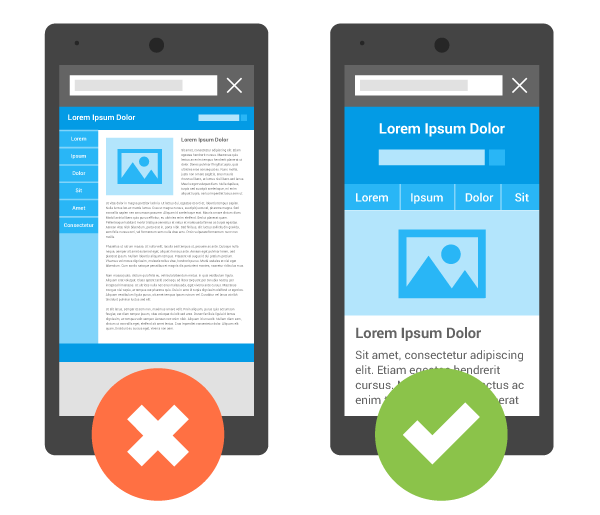
Source: Google Developers
There are many companies that have specifically designed their website to offer a seamless mobile user experience. If you want to have an edge over them or at least be in competition, you also need to impress your mobile visitors by giving them a seamless mobile experience.
The design should be such that it is easier to view and read. The navigation should be easy, UI should be intuitive, photos must be high-quality yet aligning to the content, and much more. Moreover, loading speed on mobile-first web apps or websites can also be optimized using different approaches like Google AMP or other functionalities to cater to the user experience.
Because Google Made Mobile-First Indexing As Default
On 1st July 2019, Google, the search engine giant, made one of the biggest announcements- mobile-first indexing would become the default for ranking websites. This means that Google smartphone bot would crawl the website first and use analyze the mobile-friendly content to index the web pages, structured data, snippets, and all other things. Whether it is a new website or an existing one, mobile-first indexing is something that would change the course.
While new websites or mobile applications would be crawled solely on their mobile design, the existing websites would be crawled on their parity of content like text, images, videos, etc., meta-data like titles, descriptions, meta tags, etc., and the structured data.
The web has evolved from being dominated by desktops to the responsiveness of the web and now to mobile-first. If you want to stay relevant in these changing times, you need to evolve and adopt a mobile-first approach.
Because You Want to Rank On SERPs
If Google has made mobile-first indexing by default, it goes without saying that you need to follow it to not just stay relevant but also rank on search engine result pages. So, if you want to rank on the first page of Google, it is imperative that you take the mobile-first route. Paired with your SEO efforts, it won’t be too much effort to get the ranking you deserve for your mobile site.
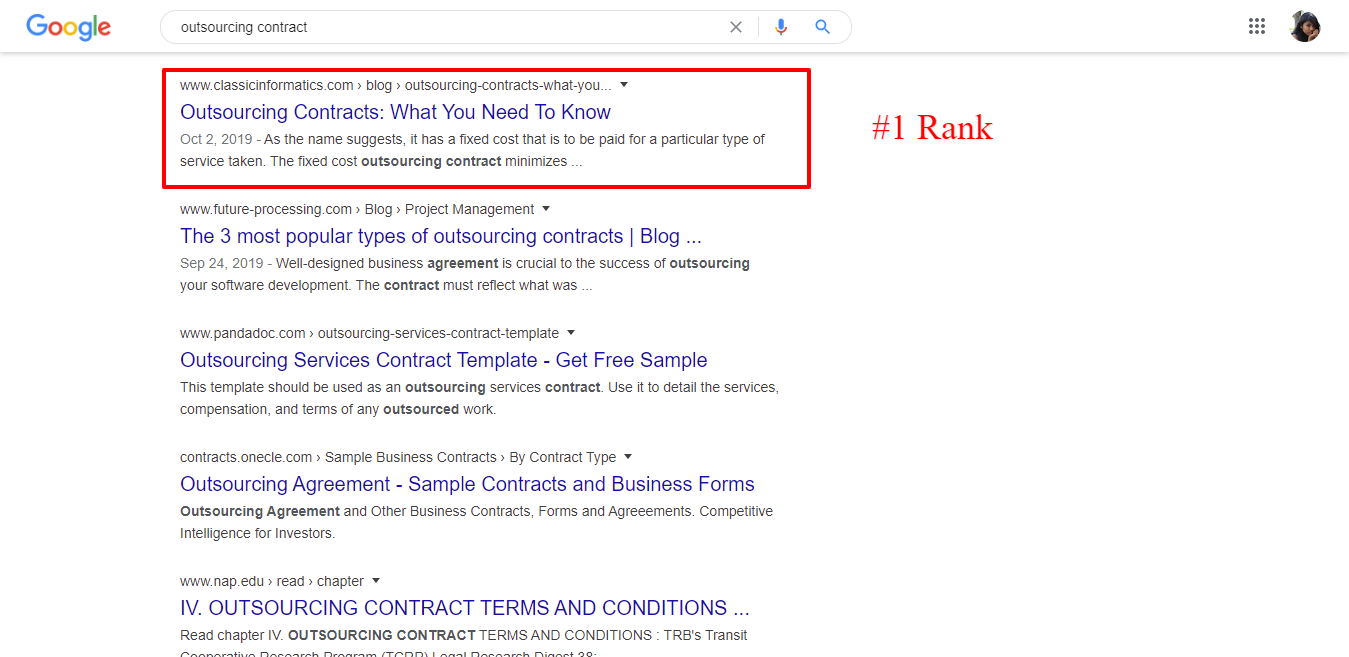
Because You Want To Boost Your Conversion Rate
Getting more conversions is at the core of any marketing strategy. You do not just want your audiences to be aware of your brand, you want them to convert. Although the average conversion rate of desktops still surpasses that of mobile, the gap is closing down very quickly. We know that the number of people using mobile for accessing the internet is far exceeding the number of people using desktops, the conversion rate of mobile is bound to increase in the coming times.
All you need to take care of is to ensure that all the calls-to-action on your website are placed in the thumb-friendly locations. 75% of the users use their thumbs to browse and you need to make sure that your CTAs are placed in a thumb-friendly manner to increase the conversion probability.
Because You Can Easily Scale A Mobile Site
Starting with a mobile-first design has many advantages and one of these is that it is super easy to scale when you start small. Scaling any application from mobile to desktop is easier compared to its alternate. If you intend to scale down your desktop application to mobile, its functionalities would be compromised.
On the other hand, when you are scaling from mobile to desktop, it means you have all the freedom to add new functionalities without affecting the existing ones. All you need is to add some interactive features and content to scale your product from mobile-first design to desktop.
Because Numbers Are In Favor OF Mobile-First
There are several reasons why you should certainly go mobile-first in this smartphone led era and if you still weren’t convinced with the reasons that we listed above, we’re sure these numbers would make you shift gears towards a mobile first approach.
-
4.18 Billion Is The Active Mobile Internet Population: As per the recent reports of Statista, the number of users who are actively using mobile devices for accessing internet is 4.18 billion.
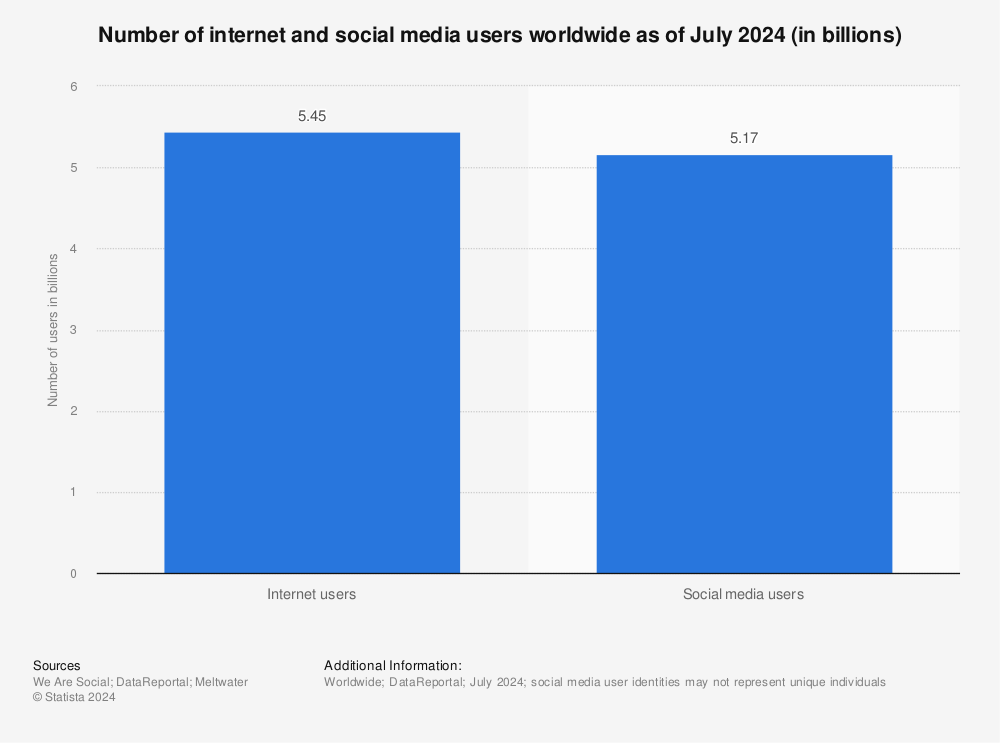
Source: Statista -
70% Of Online Traffic Comes From Mobile Devices: As per a study conducted by Quartz, only one-fourth of the online came from mobile. But in 2020, this percentage rose to 70% of the entire online traffic.
-
15% More Unique Clicks For Mobile-Optimized Sites: Websites that are optimized for mobile-devices are known to be getting around 15% more unique clicks compared to websites that are not.
-
57% Consumers Do Not Recommend Businesses With Poor Mobile Websites: The same study also suggests that a poorly designed mobile website ruins the users’ experience and they tend to not recommend the business.
-
77.5 Exabytes Per Month Is Expected Mobile Traffic By 2022: Another study by Statista has revealed that while the current mobile data traffic across the globe is 40.77 exabytes per month, it is expected to reach 56.8 exabytes in 2021 and 77.49 exabytes in 2022.
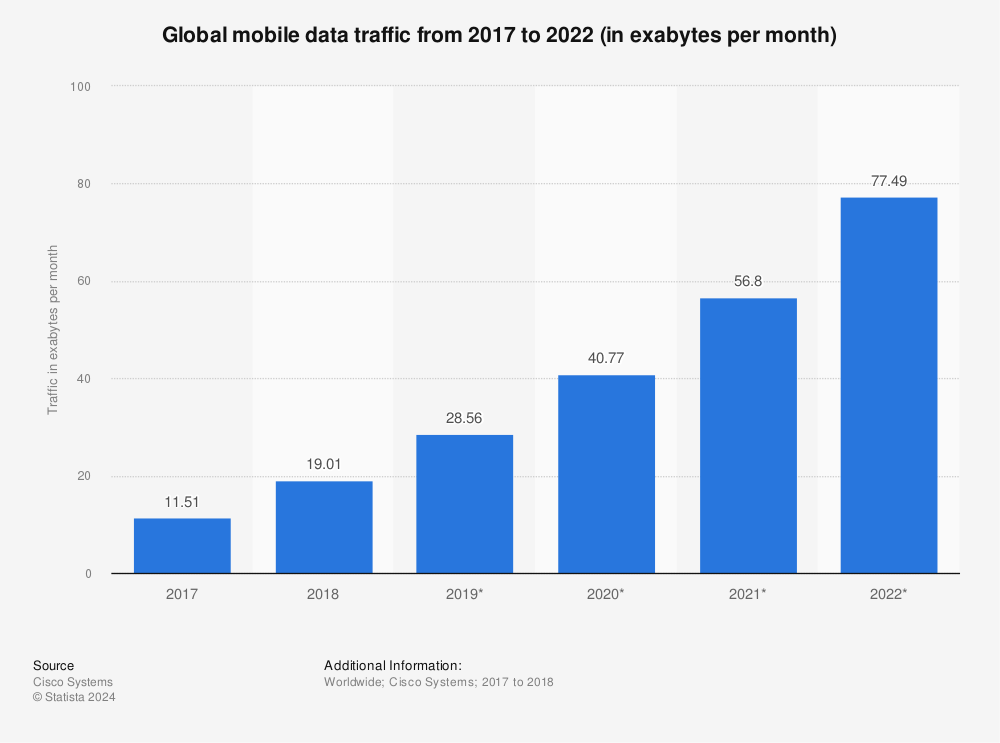
Source: Statista -
84% Customers Make In-store Purchase Decision Using Mobiles: As per a report by Google, mobile acts as a shopping companion of many shoppers even in the stores. They use their smartphones to make buying decisions.
-
40% Of Customers Shift To Competitors After Bad Mobile Experience: It is believed that 61% of the people, having witnessed a bad browsing experience on their phone, would not return to the site and 40% of them would directly shift to your competitors.
-
$247 Billion To Be The Mobile Ad Spend By 2020 End: As per another report, the global spend on mobile advertising is expected to touch a whopping $247 billion.
-
48% Users Use Mobile As the First point Of Contact: For any kind of purchase, 48% of the buyers first searched for the product on their mobile phones. By having a site that is made for mobile, you can have the perfect first impression.
-
64% is the Increase In Average Mobile Conversions: Mobile conversion rate is slowly catching up with desktop conversion and in the near future, it won’t be a surprise to see it surpassing it as well.
Go For Mobile-First Digital Transformation
Mobile-first design is certainly the way to go whether you are planning to launch a website, redesign your site, or are even aiming for digital transformation. Mobile-first should not just be limited to your website. It should be the approach you take for all your business endeavors.
No matter what your efforts, you need to create a user experience that caters to the mobile users. And if you are able to attract and convert the mobile users with your digital product, the users of other devices would certainly follow. a mobile-first approach can ensure your business stays with your customers, no matter where they go.
So, go mobile-first to attract cater to the needs of the mobile-first population.


















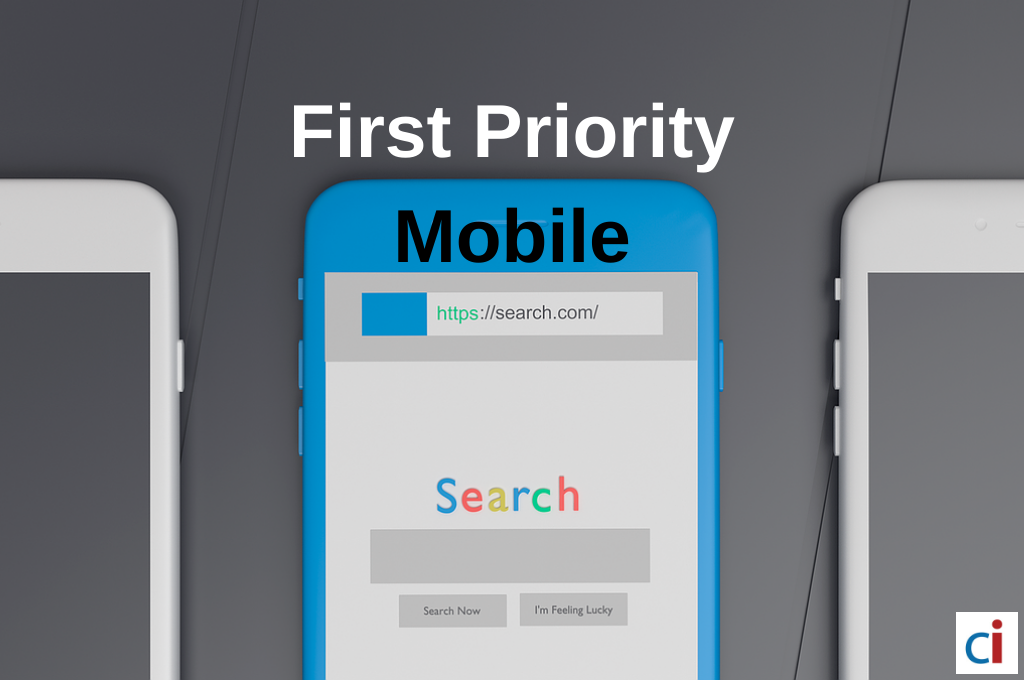


.png)





